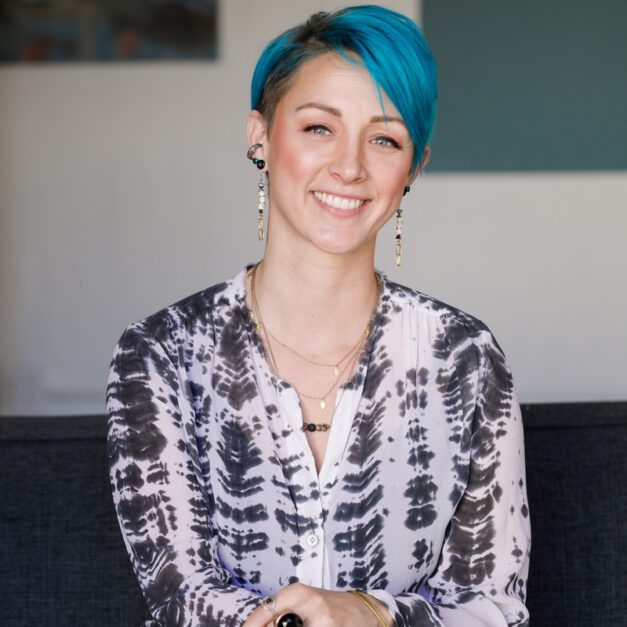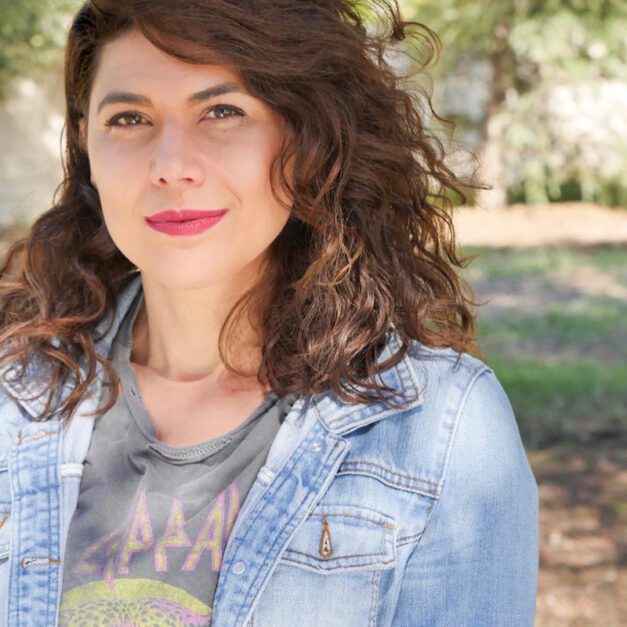The practice of “radical acceptance,” (a term well-known to many mental health therapists) may just be the key to more peace. Dr. Jenny Taitz explains how radical acceptance differs from passively moving through life and offers up some tips on how to start practicing today.
In her New York Times article, Jenny Taitz makes the subtle distinction between pain and suffering. She tells her clients that “[pain] on its own can be difficult. But it’s only when you don’t accept it that it turns into suffering.” As a practicing psychologist, Dr. Taitz shares deeply distressing and painful moments with her clients; and more than one year into the COVID-19 pandemic, she validates her clients and lets them know that “pain and suffering are understandable experiences.” But what to do about the pain and suffering? How can people begin to feel better? Dr. Taitz’s perhaps shocking suggestion: radical acceptance.
“Radical acceptance” is a component of a specific type of therapy known as dialectical behavioral therapy (or DBT), developed by the psychologist Marsha Linehan. Dr. Taitz goes on to define radical acceptance as “recognizing your emotional or physical distress […and] wholeheartedly practicing acceptance” around this pain. “How can that help?” one might ask. “Isn’t that just giving up and sweeping my emotions under the rug?” Actually, not at all! The key to radical acceptance is that this is an active process, a choice. Unlike resigning ourselves to feeling bad after a breakup or allowing resentment to fester, radical acceptance promotes change and growth. Accepting that you feel sad or lonely can allow you to be intentional with yourself; you are more likely to engage in healthy coping strategies if you are in a headspace of kindness and empathy towards yourself. If there are still any doubts on the success of this seemingly counterintuitive approach, the research should seal the deal. Multiple studies have shown therapies that incorporated “the practice of radical acceptance led to [a reduction in] suicidality, substance use, anxiety, chronic pain, and improve[ments in] relationships and subjective well-being.” Accepting your current state is the key to moving forward and is a very courageous first step to healing.
Despite the evidence for radical acceptance, don’t be concerned if it takes some time to master. Dr. Taitz offers some tips for people wanting to get started which include steps like “scanning your mind for judgmental thoughts” and releasing tension in your facial muscles (thereby releasing pent up frustration in your mind as well). CalPsychiatry boasts physicians who can help on your journey with radical acceptance. You don’t have to suffer any longer; start your healing today with the help of CalPsychiatry’s devoted team. Call or book your free consultation today.





